Government Initiatives and Incentives
Government initiatives aimed at promoting renewable energy and sustainable urban development are significantly influencing the Smart Solar Bench Market. Various governments are implementing policies that encourage the adoption of solar technologies, including tax incentives and grants for public installations. For instance, funding programs for smart city projects often include provisions for solar benches, which can enhance public amenities while reducing carbon footprints. This supportive regulatory environment is likely to drive market growth, as municipalities and private entities seek to align with sustainability goals. The Smart Solar Bench Market stands to benefit from these initiatives, potentially leading to increased installations in public spaces.
Integration of Renewable Energy Solutions
The Smart Solar Bench Market is experiencing a notable shift towards the integration of renewable energy solutions. As urban areas increasingly seek sustainable alternatives, the demand for solar-powered benches is on the rise. These benches not only provide seating but also harness solar energy to power devices, enhancing public spaces. According to recent data, the market for solar energy solutions is projected to grow at a compound annual growth rate of approximately 20% over the next five years. This trend indicates a growing acceptance of renewable energy technologies in everyday infrastructure, positioning the Smart Solar Bench Market as a key player in the transition towards greener urban environments.
Technological Advancements in Solar Energy
Technological advancements in solar energy are propelling the Smart Solar Bench Market forward. Innovations in solar panel efficiency and energy storage solutions are making solar benches more viable and attractive for urban planners. Recent developments have led to solar panels that can convert sunlight into electricity with greater efficiency, while battery technologies are improving energy storage capabilities. This means that solar benches can provide reliable power for charging devices even during cloudy days or at night. As these technologies continue to evolve, the Smart Solar Bench Market is likely to see enhanced product offerings, appealing to a broader range of consumers and municipalities.
Rising Urbanization and Public Space Utilization
The ongoing trend of urbanization is significantly impacting the Smart Solar Bench Market. As cities expand, there is an increasing need for innovative solutions that enhance public spaces. Smart solar benches serve as multifunctional furniture that not only provides seating but also integrates technology for charging devices and accessing information. This dual functionality is particularly appealing in densely populated areas where space is at a premium. The demand for such amenities is expected to rise, with urban planners recognizing the value of incorporating smart solutions into public infrastructure. Consequently, the Smart Solar Bench Market is poised for growth as cities adapt to the needs of their residents.
Consumer Awareness and Demand for Sustainable Products
Consumer awareness regarding environmental issues is driving demand for sustainable products, including those in the Smart Solar Bench Market. As individuals become more conscious of their carbon footprints, there is a growing preference for products that align with eco-friendly values. This shift in consumer behavior is prompting manufacturers to innovate and offer solar benches that not only meet functional needs but also reflect sustainability principles. Market Research Future indicates that consumers are willing to pay a premium for products that contribute to environmental conservation. This trend suggests that the Smart Solar Bench Market could see increased sales as awareness and demand for sustainable urban solutions continue to rise.


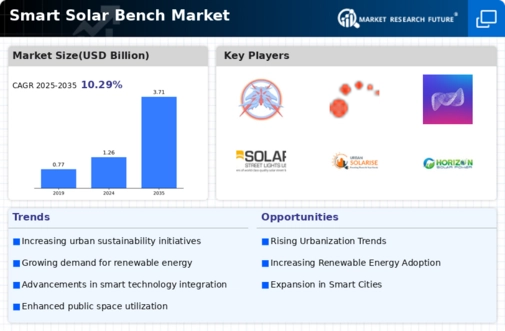
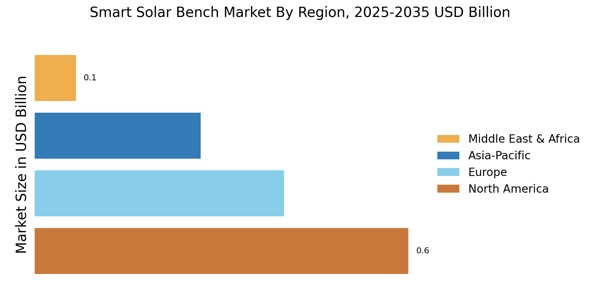
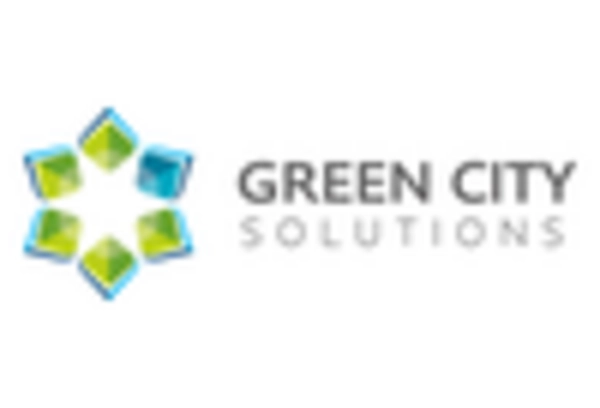

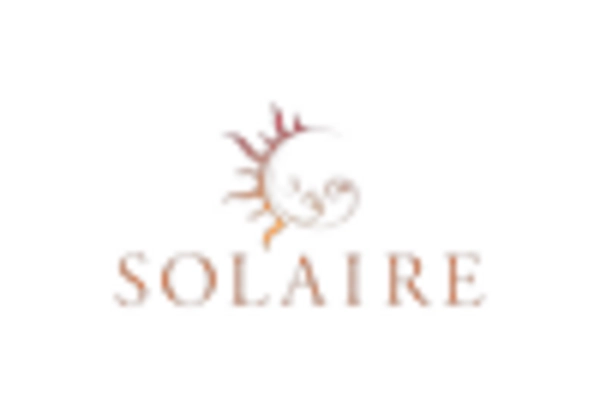
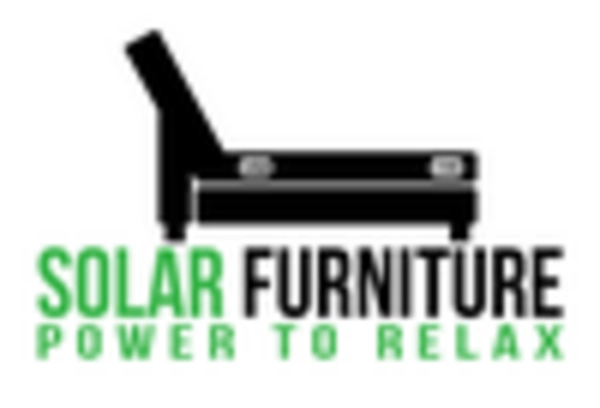

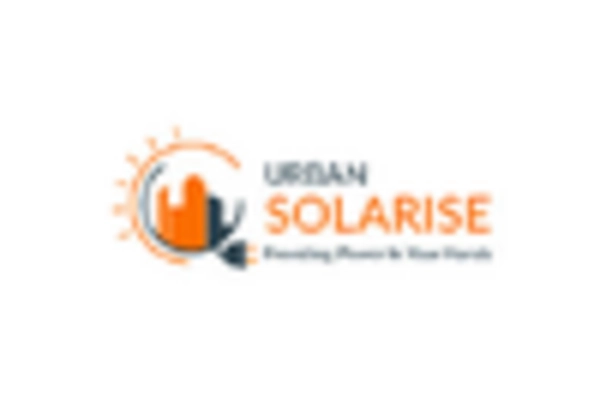








Leave a Comment